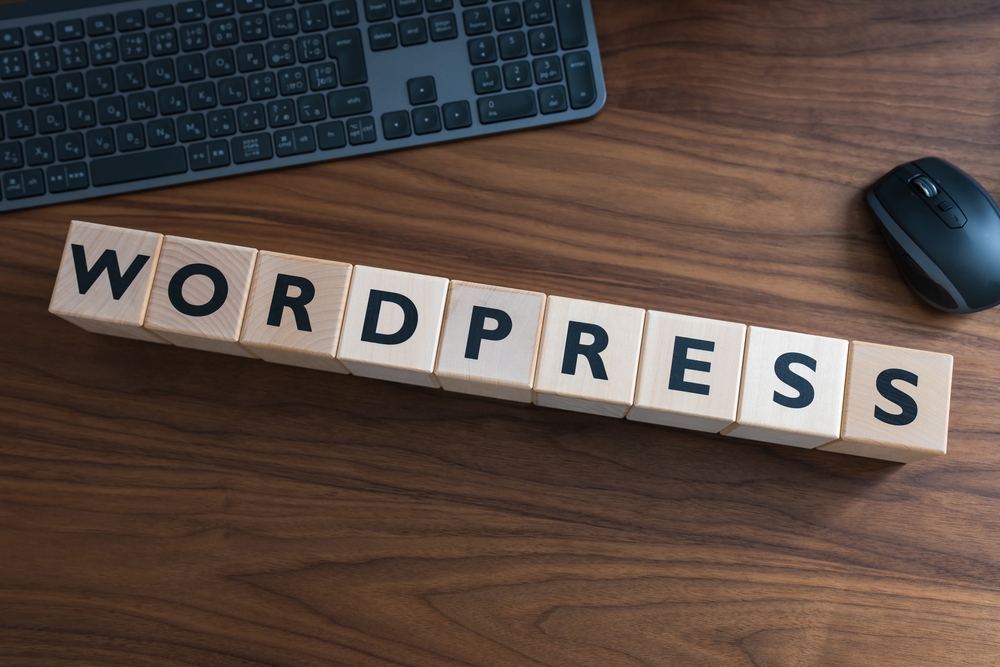
Mastering WordPress: Expert Tips for Customization & Maintenance of Your Website

WordPress has become the go-to platform for website development, providing a user-friendly interface and powerful customization options. Whether you are a seasoned developer or a novice exploring the world of web design, mastering WordPress is essential to create and maintain a website that stands out from the crowd. In this article, we will share expert tips and tricks to help you customize and maintain your WordPress (the blogging platform) website effectively.
1. Choose a Suitable ThemeOne of the first steps in customizing your WordPress website is selecting a theme that suits your brand and business goals. WordPress (WP) offers a vast collection of free and premium themes, each with its own set of features and design options. Spend some time exploring different themes and consider factors such as responsiveness, ease of customization, and customer reviews before making a decision.
2. Customize the Appearance with CSS
Once you have chosen a theme, you can further customize its appearance by using CSS (Cascading Style Sheets). CSS allows you to modify various elements such as fonts, colors, and layouts to match your brand's identity. WordPress provides a built-in customizer or a dedicated CSS editor plugin, giving you the freedom to personalize your website's look and feel without altering the theme's core code.
3. Use Plugins Wisely
WordPress plugins are powerful tools that extend the functionality of your website. However, it's important to use them wisely to avoid bloating your site with unnecessary features. Before installing a plugin, carefully evaluate its purpose, user ratings, and compatibility with your theme and WordPress (or WP) version. Opt for well-maintained plugins with regular updates to ensure compatibility and security.
4. Optimize Your Website for Performance
Website speed plays a crucial role in user experience and search engine rankings. Slow-loading websites can frustrate visitors and affect your organic search visibility. To optimize your WordPress (the platform for bloggers) website for performance, consider using caching plugins such as WP Super Cache or W3 Total Cache. These plugins generate static HTML files of your content, reducing server load and improving loading times.
Additionally, optimize your images by compressing them without compromising quality. WordPress offers plugins like Smush and Imagify that automatically compress and optimize images as you upload them to your site.
5. Regularly Update WordPress Core, Themes, and PluginsTo maintain a secure and functional website, regularly update your WordPress core, themes, and plugins. Updates often include bug fixes, new features, and security patches. Enable automatic updates for minor core releases, but ensure you manually review and update major releases to prevent compatibility issues with your theme and plugins.
6. Backup Your Website Regularly
No matter how well-maintained your website is, unforeseen events can occur. It's essential to create regular backups of your WordPress website to safeguard against data loss and potential disasters. WordPress offers several backup plugins like UpdraftPlus and BackWPup, allowing you to schedule automated backups and store them on cloud storage platforms like Dropbox or Google Drive.
7. Optimize Your Website for Search Engines
Search engine optimization (SEO) is crucial to improve your website's visibility and attract organic traffic. WordPress provides various SEO plugins such as Yoast SEO and All in One SEO Pack that simplify the optimization process. Create unique and engaging meta titles and descriptions, optimize your content with relevant keywords, and use friendly URLs to enhance your website's search engine rankings.
8. Secure Your Website
Website security is paramount to protect your data and your visitors' information. Begin by using strong passwords and limiting login attempts. Consider implementing two-factor authentication to add an extra layer of security to your WordPress login.
Regularly scan your website for potential vulnerabilities and malware using security plugins such as Wordfence or Sucuri. These plugins can detect, block, and remove malicious code or unauthorized access attempts.
FAQs:
Q1. How do I install a WordPress theme?
A1. To install a WordPress theme, go to your WordPress dashboard, navigate to "Appearance," and click on "Themes." From there, you can choose to install a theme from the WordPress theme directory or upload a premium theme from a third-party source.
Q2. Can I customize my WordPress website without coding knowledge?
A2. Absolutely! WordPress offers a user-friendly interface and a wide array of customization options that don't require coding knowledge. You can easily customize your website by using built-in tools such as the WordPress customizer and plugins specifically designed for non-technical users.
Q3. How often should I update my WordPress plugins?
A3. It's recommended to update your WordPress plugins as soon as new updates are available. Developers release updates to fix bugs, add features, and address security vulnerabilities. Regularly updating your plugins ensures that you have the latest features and security patches installed.
Q4. What are some essential plugins for a WordPress website?
A4. The essential plugins for a WordPress website depend on your specific needs. However, some commonly recommended plugins include security plugins (Wordfence, Sucuri), backup plugins (UpdraftPlus, BackWPup), caching plugins (WP Super Cache, W3 Total Cache), and SEO plugins (Yoast SEO, All in One SEO Pack).
Q5. How do I secure my WordPress website?
A5. Securing your WordPress website involves implementing strong passwords, limiting login attempts, using security plugins, and keeping your WordPress core, themes, and plugins up to date. Additionally, following best security practices such as avoiding outdated or vulnerable plugins and regularly scanning your website for potential vulnerabilities will enhance your website's security.
In conclusion, mastering WordPress is crucial for effective website customization and maintenance. By carefully selecting themes, using plugins wisely, optimizing performance, updating regularly, backing up your website, optimizing for search engines, and prioritizing security, you can create and maintain a successful WordPress website. Take advantage of the vast resources and plugins available within the WordPress ecosystem, and continuously explore new techniques to stay ahead in the ever-evolving world of website development.
Other useful resources
- https://www.wordpress24plus.com/wordpress-tools-directory/wordpress-themes/
- https://www.wordpress24plus.com/services/
- https://www.wordpress24plus.com/services/wordpress-development/